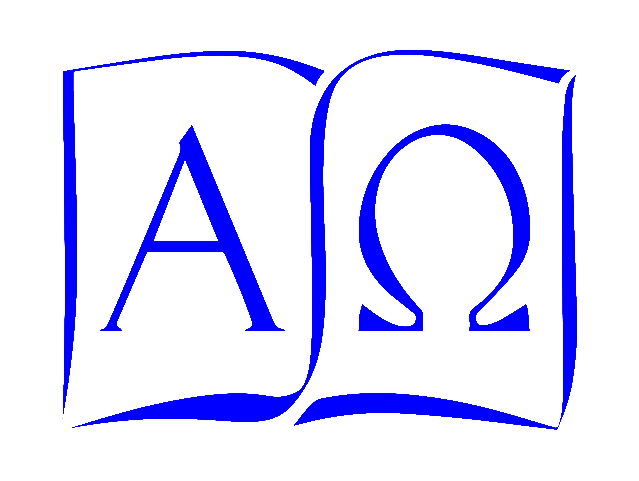In the 1640s, a group of natural philosophers led by Robert Boyle exchanged correspondence and met informally to discuss scientific ideas. Influenced by Francis Bacon’s empirical emphasis in the “new science”, he described in his essays and his New Atlantis, they exchanged data from their various experiments and observations, and sought rational explanations. Boyle called it “our invisible college”.
After the Restoration in 1660, more formal groups held meetings in Oxford and at Gresham College in London, inspired by similar groups in France. On November 28, 1660, a dozen natural philosophers, including the architect and professor of astronomy Christopher Wren, the “Skeptical Chymist” Robert Boyle, the polymath Bishop of Chester John Wilkins, the mathematician William Brouncker, and diplomat Robert Moray, meeting at Gresham College agreed to form a “College for the Promoting of Physico Mathematicall Learning”, They were a mixed group politically: some were Royalists, some Parliamentarians. The group continued to meet, while Moray approached Charles II for formal royal support, which was granted in a charter issued 15 July 1662 to “the Royal Society of London”.
It was one of the original STEM-promotion documents. King Charles I wrote:
We have long and fully resolved with Ourself to extend not only the boundaries of the Empire, but also the very arts and sciences.
Therefore we look with favour upon all forms of learning, but with particular grace we encourage philosophical studies, especially those which by actual experiments attempt either to shape out a new philosophy or to perfect the old. In order, therefore, that such studies, which have not hitherto been sufficiently brilliant in any part of the world, may shine conspicuously amongst our people, and that at length the whole world of letters may always recognize us not only as the Defender of the Faith, but also as the universal lover and patron of every kind of truth: Know ye that we, of our special grace and of our certain knowledge and mere motion, have ordained, established, granted, and declared, and by these presents for us, our heirs, and successors do ordain, establish, grant, and declare, that from henceforth for ever there shall be a Society, consisting of a President, Council, and Fellows, which shall be called and named The Royal Society;…
The charter then appoints the officers of the society and spells out their duties and the oaths required to assume office, grants the members freedom “to enjoy mutual intelligence and knowledge with all and all manner of strangers and foreigners, whether private or collegiate, corporate or politic, without any molestation, interruption, or disturbance whatsoever”, and appoints the Chancellor of England and the Archbishop of Canterbury, the Royal Treasurer, and the Bishop of London, and several others as arbitrators in any disputes that might arise over the government of the Society. The officers and Fellows already members of the Royal Society could choose to admit others to their company, providing they were distinguished for the study of every kind of learning and good letters, that they promoted the honour and studies of the Society, and that they were noted for their integrity of life, uprightness of character, piety, and fidelity and affection of mind toward the Crown.
It is a remarkable document, and provides us with a model to consider in creating a community dedicated to the pursuit of truth, and particularly in a society that values sciences and technology so highly. It emphasizes the need to bring “all forms of learning” and the “study of every kind of learning” to bear on the observation of the natural world, but also the need for personal integrity and for loyalty to the community, principles sometimes forgotten or ignored in modern curricula focused on creating professional scientists and engineers, but fundamental and essential to the pursuit of truth.

